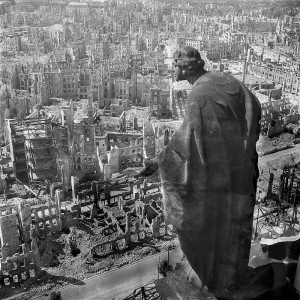
Credit: Nigel Henderson
Background
Mid and East Antrim Borough Council has launched a public call for missing names on Ballymena’s Second World War Memorial located in the Memorial Park.
The public call is the next phase of a council search for any missing names of Ballymena Town and Rural District’s Fallen that can be identified and verified. After being fully collated and approved by council, these names will be added to the town’s Second World War Memorial in 2022.
History Hub Ulster has been working with the council and has identified 27 additional names that fall into the criteria listed below.
Consultation
Between 4 October and 1 November 2021 Mid and East Antrim Borough Council are inviting the public to examine the list of names provided below (these include those currently named on the Memorial and those newly identified) and advise us if there are any other names that should be considered for inclusion. This consultation deals only with the ‘Fallen’ and is NOT a collection of names for a ‘Roll of Honour’.
The current names on the War Memorial can be viewed HERE.
The list of 27 additional names can be viewed HERE.
Set Criteria
For a name to be considered for inclusion it must meet all of the agreed selection criteria below.
- Those born within the former Ballymena Borough or Rural District or had residency within the district’s boundaries, who died in action or subsequent to war service. A list of townlands in the district can be viewed HERE. A map can be viewed HERE.
- Following guidelines adhered to by the Commonwealth War Graves Commission all names will be verified for death in service or subsequent to service within the time period of September 3 1939 until December 31 1947.
It should be noted that the names of people who died after being discharged from the armed forces can be submitted if the death was connected with war service and if the person is commemorated on the Commonwealth War Graves Commission database. This link can be used to check the CWGC database – www.cwgc.org/find-records/find-war-dead/
Should you or your group consider, after looking at the set criteria and the Fallen list, that a war fatality is missing from this list, and you wish them to be considered for inclusion on the Ballymena Borough and District War Memorial, please complete THIS FORM with as much detail as you can. This will enable History Hub Ulster to verify the name supplied.
No Internet Access
To facilitate those who have no internet access or for further information on how to provide the name of one of the fallen who is not already on the War Memorial please contact the council by emailing braidmuseum@midandeastantrim.gov.uk or telephoning 028 2563 5027.
Verification Sources
Depending on the level and quality of the information provided by members of the public when submitting names, the following primary sources will be used to verify whether the names put forward during the public consultation process satisfy the specified criteria:
Commonwealth War Graves Commission;
Civil registers of Births, Marriages and Deaths;
British Newspaper Archives; and
1901/1911 Ireland Census returns.
Privacy Policy
Your personal information will be shared between History Hub Ulster and Mid and East Antrim Borough Council and will be used solely by us for the purpose of verifying the historical data provided and only used with your consent. Mid and East Antrim Council’s privacy policy can be viewed here : https://www.midandeastantrim.gov.uk/privacy-notice
Please be aware that by providing us with the military personnel information you are consenting for this data to be held and used, not only for the purpose set out above, but in future Mid and East Antrim Borough Council publications, websites, presentations or other projects associated with the Second World War.

 ed States Air Force report defended the operation as the justified bombing of a military and industrial target,
ed States Air Force report defended the operation as the justified bombing of a military and industrial target,